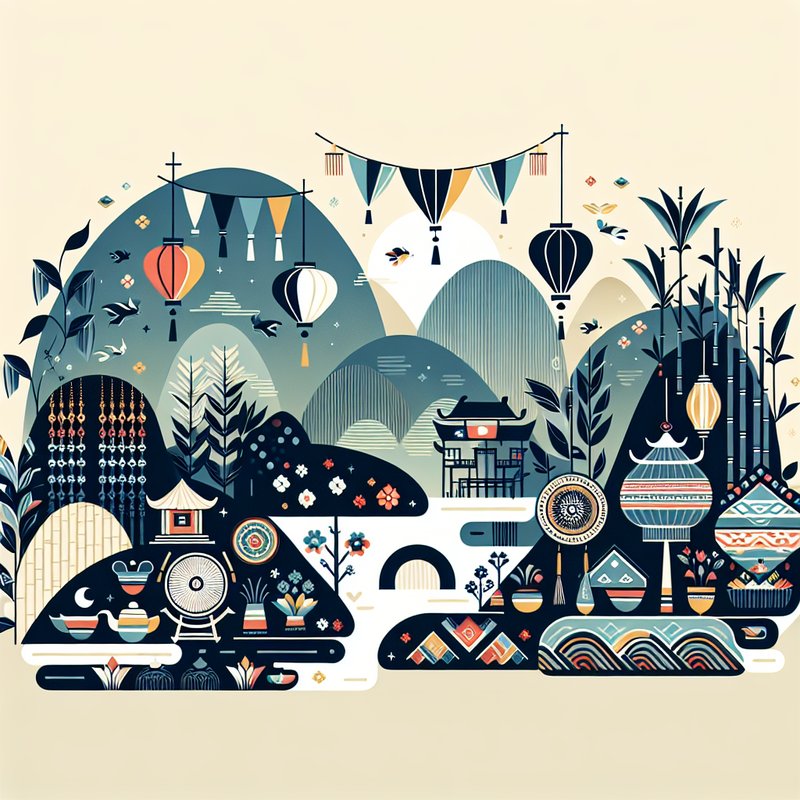The Melange of Ethnic Groups in Vietnam

Vietnam boasts a diverse ethnic composition, with 54 officially recognized ethnic groups. This diversity offers a rich cultural mosaic, each group possessing distinct customs and traditions that contribute to the country’s national identity. These ethnic groups are primarily located in the mountainous regions of the north and the Central Highlands, each community carrying unique stories and cultural practices.
The largest ethnic group is the Kinh, accounting for approximately 86% of the population, but it is the vibrant cultures of the minority groups like the Hmong, Dao, Tay, and Thai that highlight the nation’s diversity. The interplay of these cultures with the Kinh majority not only enriches Vietnam’s cultural landscape but also presents significant challenges in preserving these unique identities amidst modernization.
Vibrant Festivals and Traditions

These ethnic minorities celebrate a variety of traditional festivals that mark important cultural and agricultural milestones. Festivals are not just about celebration; they serve as a vital medium for preserving the historical narratives and oral traditions of these communities. The Hmong’s New Year celebration, for example, is characterized by its colorful attire, traditional games, and elaborate ceremonies that offer a glimpse into their agricultural way of life.
The Dao people, on the other hand, are known for their unique fire dance, a mesmerizing ritual integral to their religious ceremonies. Such traditions are not only artistic spectacles but also a testament to the resilience of these communities in keeping their cultural heritage alive despite external influences and changes.
Traditional Crafts and Lifestyles

Many ethnic minorities in Vietnam have a strong tradition of craft-making, producing beautiful textiles, embroidery, and artwork that hold cultural significance. These handicrafts are often showcased in local markets and festivals, serving both functional and symbolic roles in their communities. The intricate designs of Hmong textiles, for instance, are not only visually captivating but also communicate historical and familial stories through their patterns and colors.
In the Central Highlands, the Ede and Bahnar tribes maintain traditional ways of living by building longhouses and cultivating ancient farming practices. Such lifestyles epitomize the harmony between these communities and their natural environments, reflecting a deep respect for ecological balance and sustainability.
Challenges and Preservation Efforts

Preserving the linguistic, cultural, and social traditions of Vietnam’s ethnic minorities poses significant challenges. Modernization, economic development, and tourism have brought changes to these communities, sometimes threatening their unique ways of life. Language is a key area, with many ethnic languages at risk of being forgotten as younger generations gravitate towards Vietnamese for better socio-economic opportunities.
Efforts are being made by the government and non-governmental organizations to preserve these cultural treasures. Educational initiatives, cultural exchanges, and the promotion of sustainable tourism are among the strategies aimed at safeguarding Vietnam’s ethnic diversity. By supporting these endeavors, Vietnam seeks to maintain its cultural richness while fostering a society that celebrates diversity and inclusivity.

Leave a Reply